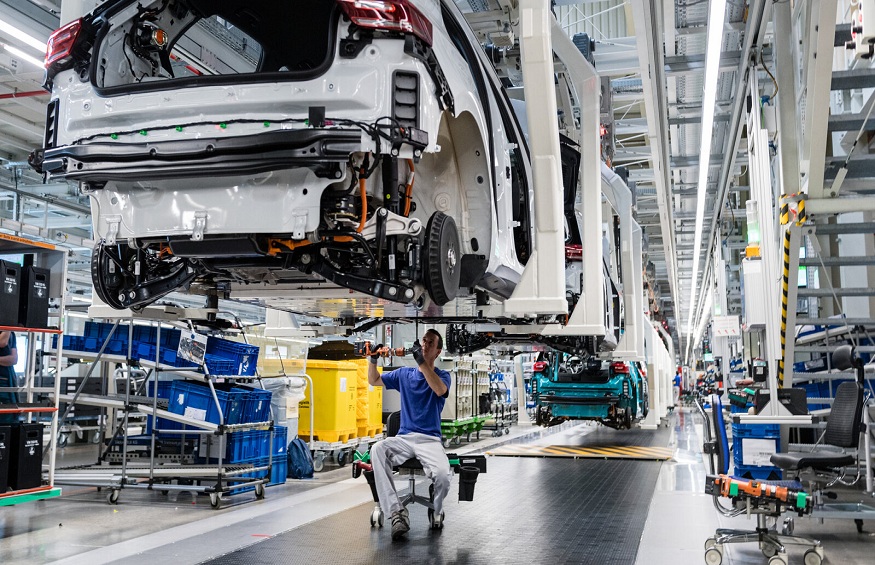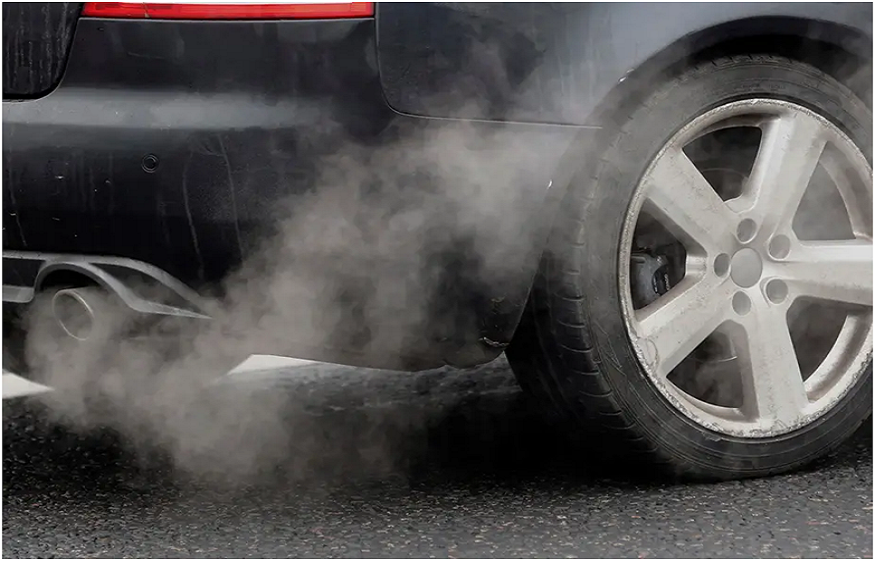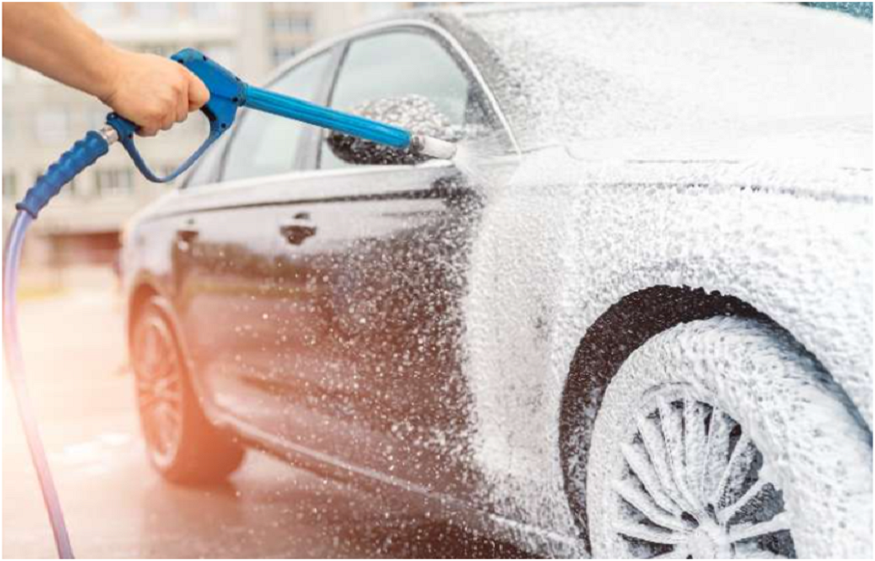Technique: The nomenclature of bodywork
It is with car bodies like great wines. They all come from a long tradition dating back to the days of horse-drawn carriages. Cabriolets, sedans, city coupes, landaulets, horseless carriages have left their body names as their heritage. The automobile has made good use of it. To the point of being available in a multitude of versions whose commercial designation is sometimes the sole fantasy of the marketing services (cf. the VW “Phaeton” which is little more than a sedan…). It is time, perhaps, to return to the controlled designations of origin: here is the little glossary that Motorlegend offers you…
Coach
Body with 2 doors and two rows of seats (4 to 6 places). With or without central roof pillar. Appellation fallen into disuse. Equivalent: 2-door saloon. In English: “saloon”, “sedan” in American (possibly: “two door sedan”).
Fake 4-door convertible:
(“hardtop sedan” in American or “pillarless sedan”): bodywork with 4 doors without a central pillar of the roof. Body type very common in American production from the years 1955-70, much less so in Europe. The Facel Vega Excellence sedan is the only French production car to have adopted this type of bodywork abandoned in the 1970s in the United States due to its lack of rigidity in the event of a rollover.
Coupé:
Body with 2 doors and 2 or 4 seats (one or two rows of seats). Bodywork most often reserved for high-performance grand touring models. One or two side windows. Equivalent: “coupe” in English or “saloon”. “Cup” in American.
Other closed bodies
American derivative: “Hardtop coupé”
Version without central pillar very popular in the United States in the 50s and 60s. French equivalent: “panoramic coupé”.
Limousine:
Body with three side windows (most often) and three rows of seats (or 2 rows and 2 or 3 folding jump seats). 6 to 9 places possible. Very popular body type for parade vehicles. Optionally available with interior partition glass. Same name in England and the United States.
Break:
Body with 2 or 4 doors (plus a tailgate acting as a 5th door) with folding rear seat. Pavilion elongated to the plumb of the stern thus offering the break a larger loading volume (in theory) than that of the sedan from which it derives. Equivalent: “station wagon” in American, “estate” in English.
Derived: “Hunting break”:
(“shooting brake” in English). Said of a coupe with a tailgate and an elongated roof like that of a station wagon. Examples: Volvo 1800 ES, Aston Martin DB5 “shooting brake”, Lancia Beta HPE, etc.
MPV:
Vehicle for family use with “one-piece” bodywork offering a greater size / habitability ratio than that of a saloon of the same size. Great interior modularity with two or three rows of seats and 5 to 8 seats. Equivalent: “space wagon” or “van” in American



